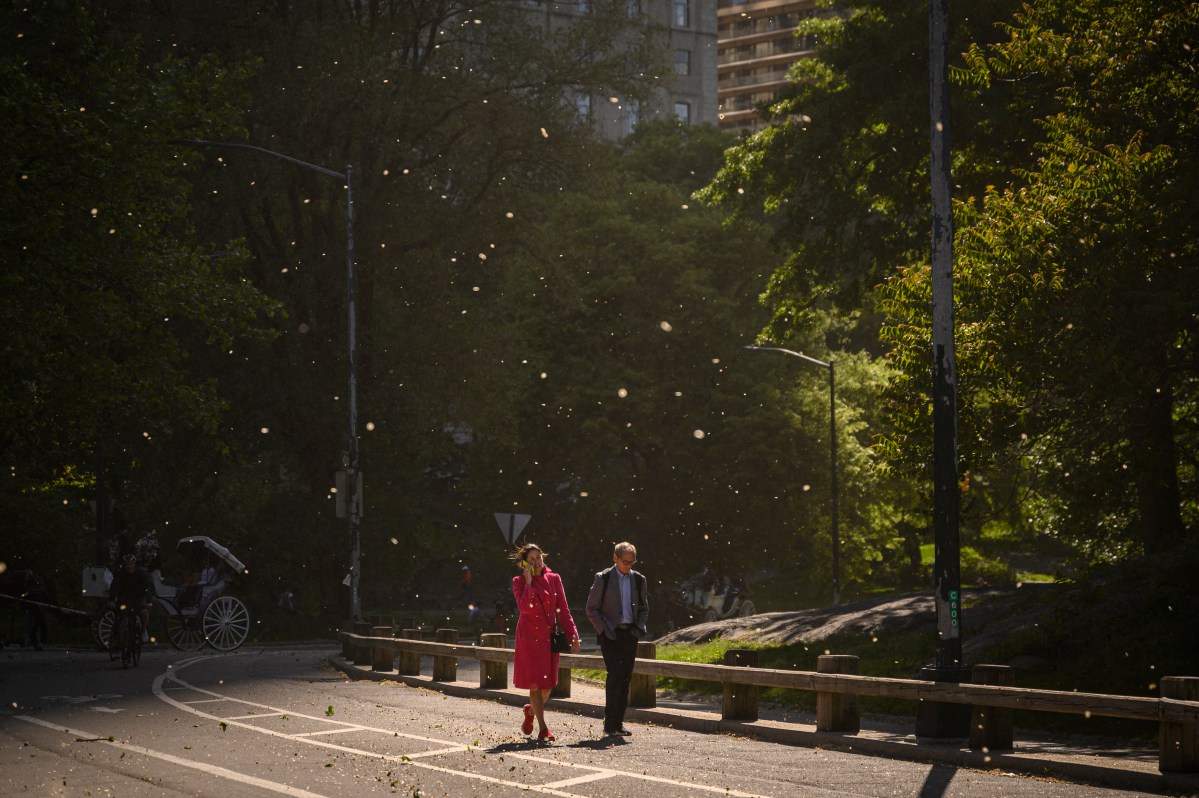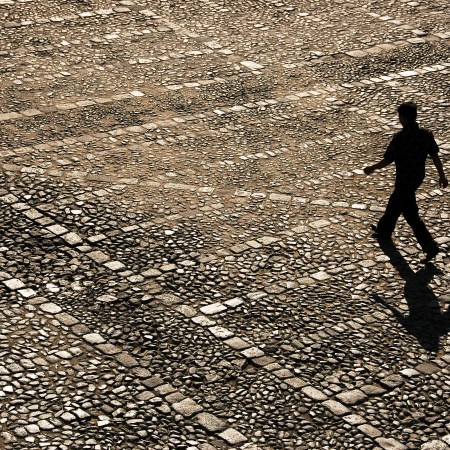A friend of mine recently told me about the extraordinary lengths he went to win his office’s one-month walk-a-thon.
Over the course of 30 days, he was neck and neck with a relentless Dane and averaging over 20,000 steps daily just to stay in the race. In the final week, he managed a day of over 40,000 steps (that’s about 18 miles, depending on your stride length). And to ultimately win the competition, he left his house with 30 minutes left in the month, for an extended evening amble. The things we’ll do for a free tote bag and a happy hour.
It’s refreshing to hear that offices are waking up to how little their employees are walking (we’re living in the most sedentary workplace era, as we’ve written about before), and actually instituting measures to do something about it.
But the story got us thinking: how well do “super walks” work? Office games aside, could bingeing on steps at the end of each week make up for a string of days spent at a desk? If you’re averaging under 5,000 steps a day, but commit to a 25,000-step effort on Saturday or Sunday, might that offer an effective way forward?
Why You Should Add Uneven Terrain to Your Walking Routine
Rocks and roots will level up your daily strollWhat works
For starters: as always, movement is better than no movement. Even if that movement is condensed into the weekend. A study in JAMA Internal Medicine found that “weekend warriors,” who crammed the recommended weekly exercise of 150 minutes into one or two sessions, had a significantly lower risk of death than inactive adults. The health benefits were nearly as substantial as those who exercised regularly throughout the week.
That principle can be applied to walking. The average American walks less than 4,000 steps per day, according to the Mayo Clinic. Taking a few hours on a free weekend afternoon to log five days worth of steps is a big deal, with legitimate physical benefits.
Walking 20,000 to 30,000 steps will engage every muscle in your body, get your heart pumping, reduce insulin resistance, increase stamina and fight obesity and heart disease. A “super walk” day can absolutely help offset some of the damage done by prolonged sitting.
Walk your way
Binge walking can arrive in various forms. It might look and feel like fitness (rucking), manifest as a family tradition (volksmarch), be deployed for mental health benefits (forest bathing, green exercise, etc.) or simply involve a random, rambling day (shopping, sightseeing, walking to a friend’s house). If you’re at all attuned to your steps count — or your phone’s built-in Health app, for that matter — you’ll see that on a day you’re actually moving, these steps come fast. You can easily get to 20,000 or more.
What doesn’t work
You want to be wary of relying too heavily on super walks, though.
While they can jumpstart a slew of physiological (and psychological) benefits, which can last well into your next workweek, our bodies respond best to consistency. Regular physical activity keeps your metabolic processes humming along and ensures a steady release of endorphins, the feel-good hormones and hope molecules that help combat stress and anxiety.
The WHO recommends at least 150 minutes of moderate-intensity aerobic physical activity throughout the week…and certainly not all in one go. You can’t put everything else — sleep, productivity, your attitude towards family and friends — on pause for five days a week. So why punt the lion’s share of your movement to the weekend?
Not to mention: while walking is by and large a safe, low-impact activity, the risk of injury tends to increase with extended exercise sessions. Overuse injuries such as stress fractures, shin splints and plantar fasciitis are all associated with sudden spikes in activity. And the “compensatory health belief” can be a slippery slope, too. It’s easier to justify binges of other varieties during the week if convinced a super walk will scrub it all away come Sunday.
Verdict
Super walks are rad. I went on one this past weekend. For New York locals: Williamsburg to the Whitney, the whole length of the High Line, back across Manhattan, over the bridge, finished up in McCarren. For non-locals: it was a lot of walking.
I recommend using super walks as a reward, as opposed to a regimen. As you build up your appetite and appreciation for walking, in bite-sized fashion throughout the week, you’ll eventually find yourself fiending for a chance to walk longer and lighter, unencumbered by workday nonsense. You’ll also get fitter, making super walks more enjoyable. And on the off-chance your office hosts a walk-a-thon, you’ll be ready.
Whether you’re looking to get into shape, or just get out of a funk, The Charge has got you covered. Sign up for our new wellness newsletter today.


















